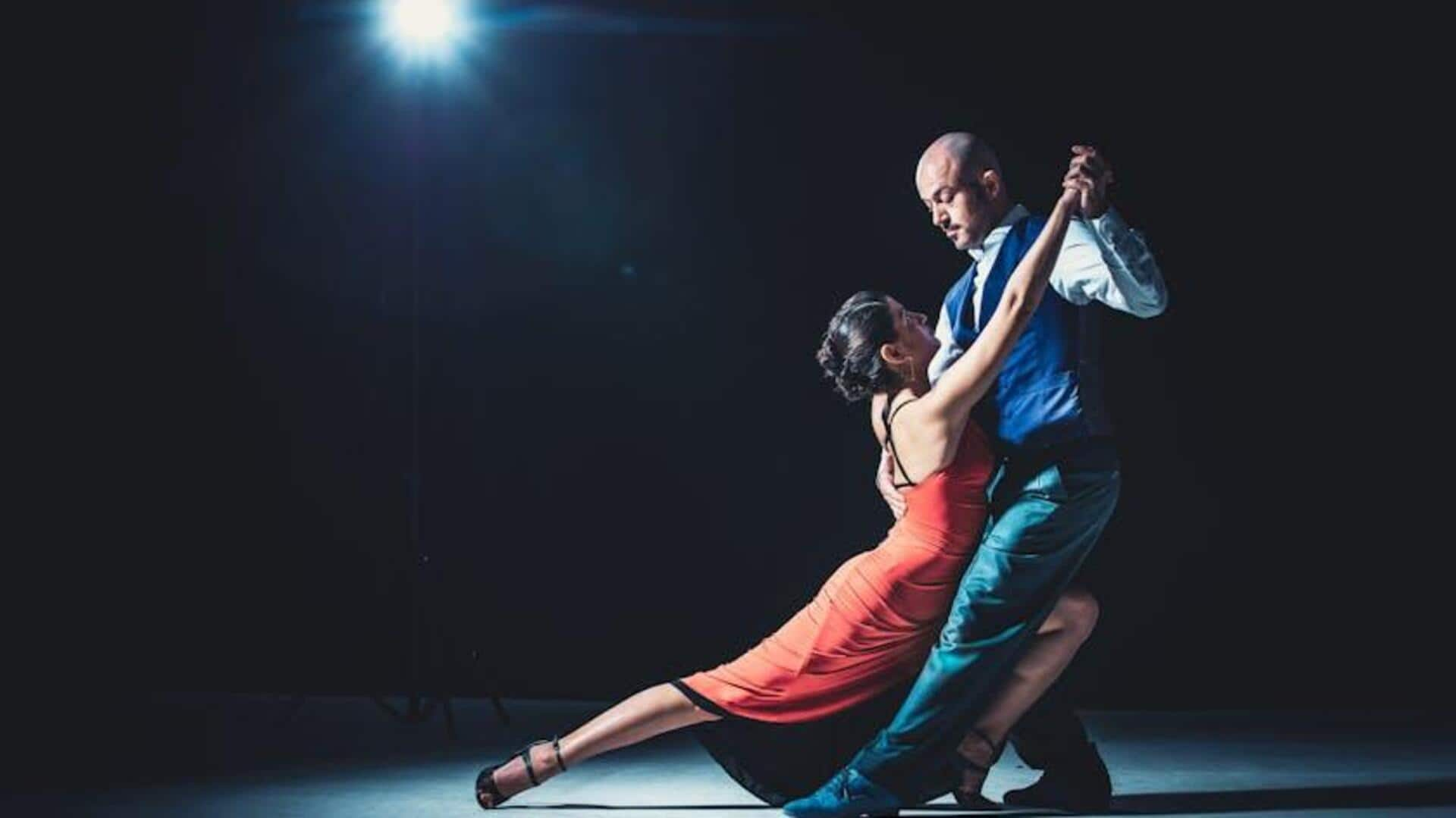
From streets to stage: The journey of Argentina's tango dance
What's the story
Argentina's tango dance has a long history that mirrors the country's cultural evolution. Emerging in the late 19th century, tango started as a blend of different dance styles introduced by immigrants in Buenos Aires. Eventually, it transformed into a unique form, defined by its passionate movements and detailed footwork. Today, tango is not just an epitome of Argentine culture, but also a global art form, known for its emotional depth and rhythmic complexity.
#1
Origins and early development
Tango was born in the working-class neighborhoods of Buenos Aires in the late 1800s. It drew inspiration from African rhythms, the European waltz and polka, and local folk music. Performed first in bars and dance halls, it was deemed scandalous due to its close embrace and sensual movements. Despite its scandalous reputation, tango found its place among diverse social classes as it traveled across Argentina.
#2
Global expansion in the 20th century
In the early 20th century, tango reached Europe, especially Paris. Its exoticism bewitched the audiences there, causing a spike in popularity throughout Europe and North America. This global exposure played an instrumental role in developing tango from a local past-time to a world-wide rage. The dance only evolved further as dancers integrated new styles and techniques from varying cultures.
#3
Cultural impact on Argentina
Beyond being a dance form, Tango has influenced Argentine culture at large. It has impacted literature, film, fashion, and even language in Argentina. Tango lyrics frequently deal with love, loss, nostalgia for home or past times—addressing societal issues encountered by several Argentines through history—and have become a part of the national identity.
#4
Modern interpretations & innovations
Today's tango keeps evolving with modern interpretations combining traditional with contemporary influences, like jazz or electronic music genres such as electrotango, which appeared around the early 2000s. These styles give new perspectives while keeping the core intact, making it easier for younger generations to connect without losing touch with their roots. This ensures the legacy lives on through innovative expressions, keeping alive the spirit and passion embodied in the original form centuries ago.